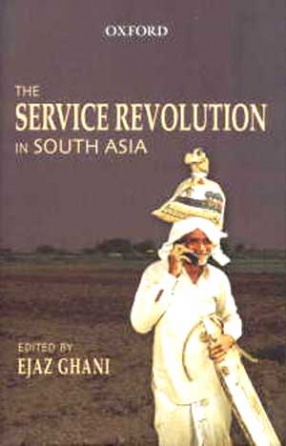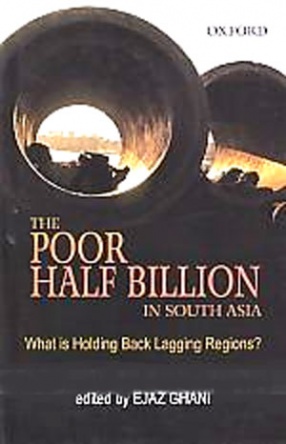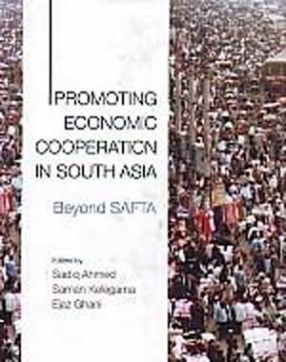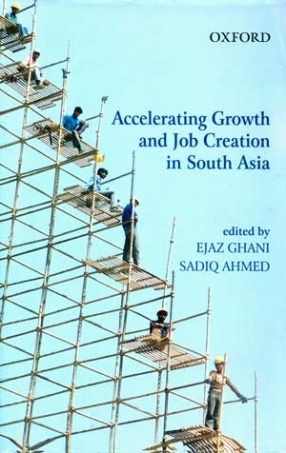South Asia's growth pattern has attracted global attention because of its success in service exports. Challenging the 'iron law' of development that industrialization is the only route to rapid growth, this volume explores the alternative opportunities that the globalization of services opens up for developing countries.
What is a service revolution? What has contributed to the globalization of services-technology, trade, or transport? Do services have spatial characteristics that differ from goods? Are services as dynamic as manufacturing? Why have some countries succeeded and others failed in taking advantage of the globalization of services. This volume answers these questions through a comparative analysis of India, China, and other South Asian countries.
The volume is divided into three sections: (i) the role of services in income growth, job creation, gender equality, and poverty reduction; (ii) patterns of and developments in service exports; and (iii) infrastructure, policies, and institutions necessary for a service led growth. The focus is on education, telecommunications, and aviation.
Topical and illuminating, this volume will be of interest to students and scholars of development economics and business studies, as well as policymakers, development agencies, and the private sector.








There are no reviews yet.